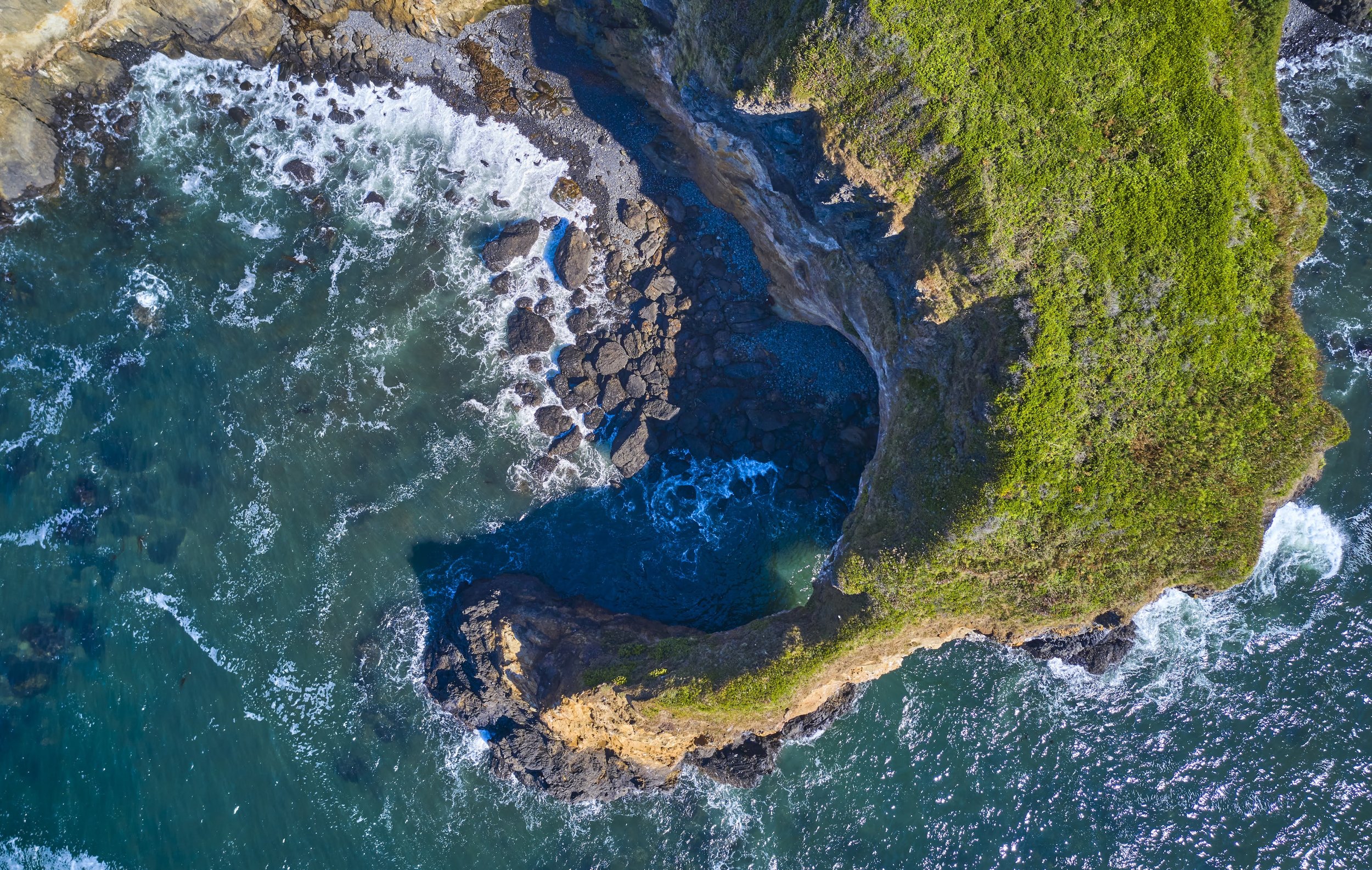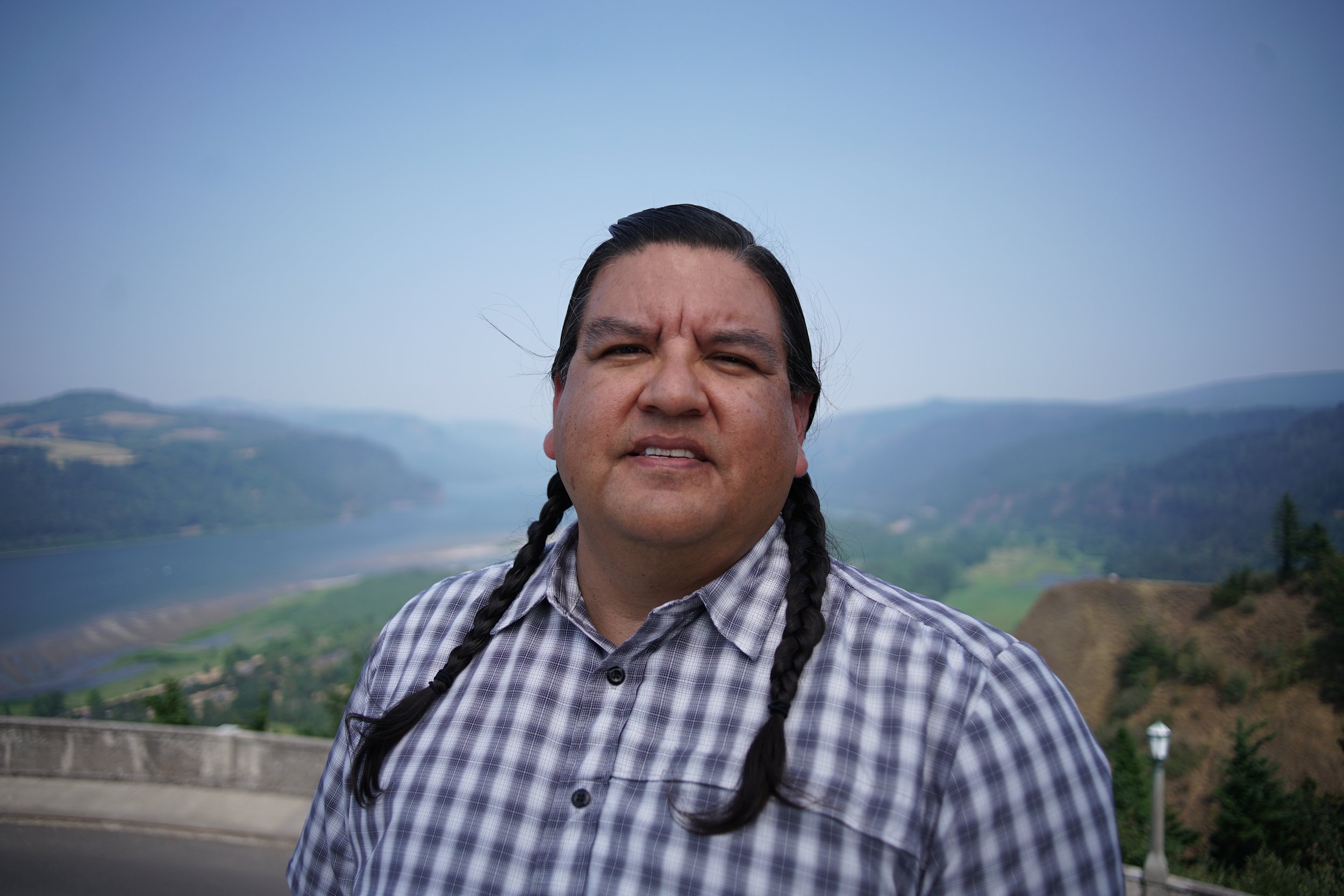
History
Photo of Cape Foulweather by Steve Smith Photography.
Planting the seeds for land justice.
The Oregon Land Justice Project is modeled after the First Light New Learning Journey program, a collaboration between the land trust community in Maine and the Penobscot, Passamaquoddy, Maliseet and Micmac communities of the Wabanaki Confederacy. With guidance from Peter Forbes from First Light, we have adapted their framework to fit the context of Oregon in order to better understand–and address–the unique issues and needs that exist in our state.
Our project benefits from this example where conservation groups have effectively relearned history, recentered Indigenous voice, and pooled their resources to collectively return land, power and resources. We are inspired by the way other places have learned that the most effective way to care for land is to include the best minds, traditions and cultural practices in how we relate to place. It’s only natural that the next best place for this work to happen is in Oregon.
Charles F. “Chuck” Sams III, a Cayuse and Walla Walla leader with blood ties to the Cocopah and Yankton Sioux Tribes, from Oregon whose thinking shaped the origins of our shared project.
Why Now?
This is a pivotal moment to make a significant difference in the effectiveness of conservation and in the story of who conservation is for.
For four years, the National Park Service was led by Charles F. “Chuck” Sams III, a Cayuse and Walla Walla leader with blood ties to the Cocopah and Yankton Sioux Tribes, from Oregon whose thinking shaped the origins of our shared project. He was supported by Deb Haaland, the first Indigenous person to lead the Department of the Interior and to oversee the agencies who are meant to represent Indigenous nations within this country. During their historic tenure in those positions, they led efforts across agencies and organizations to increase recognition of tribal nations as important sources of knowledge and power.
We cannot lose the momentum they built. Where tribes and conservation share common values is where we can begin to plant the seeds for growing strong, equitable relationships that bring the strengths of both groups together to advance a common interest: protecting and healing the land. That can only be done through restoring Indigenous stewardship.
This is the context for land justice–and why it’s happening here and now. We do this because it’s good for conservation, good for Indigenous people, and good for all of Oregon. Land justice is what this moment in our nation asks of conservation.
Origins
Originally called “Becoming Human Again,” the idea that forms the basis for the Oregon Land Justice Project was conceived by Chuck Sams and Peter Forbes, founder of First Light New Learning Journey in 2018. Chuck and Peter began to develop a curriculum for non-native land trusts that was centered on the history of Native land loss and opportunities to strengthen land conservation by centering Indigenous-led efforts.
In 2020, the project found a home in Oregon with the Coalition of Oregon Land Trusts, a statewide network that represents more than organizations that conserve land. When Chuck was appointed to lead the National Park Service, Gabe Sheoships stepped into the role of Facilitator and helped develop the Learning Journey curriculum focused on supporting land trusts in relearning history and recentering Indigenous voices.

